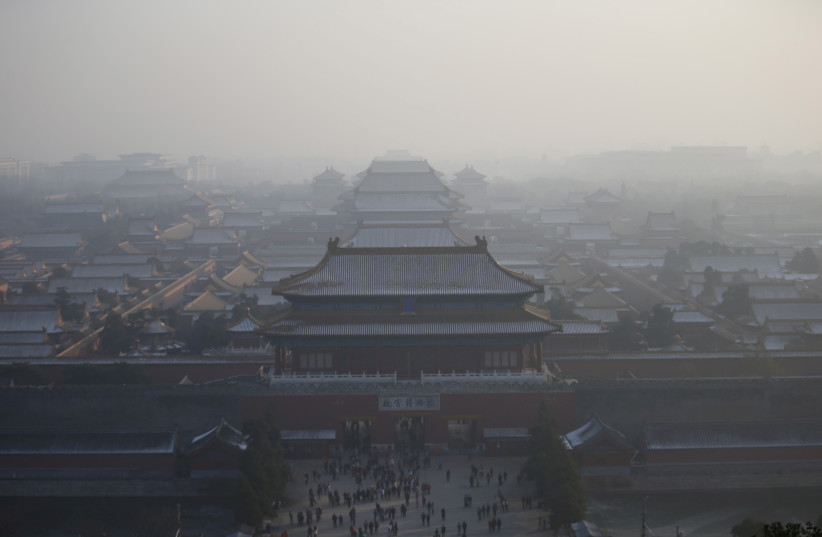The China Multi-Ethnic Cohort has identifies a link between air pollution and fatty liver disease, according to a study published in the peer-reviewed Journal of Hepatology.
Animal studies have shown that inhaling air pollutants may increase the risk of contracting fatty liver disease, so researchers tested the effects of ambient air pollution on approximately 90,000 adults in China. The CMEC collected participant information such as sociodemographics, biometrics (blood, urine samples), lifestyle habits (weight, smoking, drinking, etc.) and health-related history.
Researchers determined that long-term exposure to ambient air pollution – defined by the World Health Organization as harmful pollutants emitted by industries, households, cars and trucks – may increase the odds of contracting the disease, especially for male individuals who frequently smoke, drink alcohol and consume foods high in fat.
“Our findings add to the growing evidence of ambient pollution's damaging effects on metabolic function and related organs,” said the study’s lead author Dr. Xing Zhao of Sichuan University in Chengdu, China.

Formerly known as nonalcoholic fatty liver disease (NAFLD), Metabolic-associated fatty liver disease (MAFLD) is defined as an increase of fat buildup in the liver, the organ associated with filtering blood, fats, carbs and other bodily processes.
“Whereas physical activity together with a healthy diet stand as a primary pillar in the fight against metabolic syndrome-associated morbidities, including MAFLD, the findings that ambient pollution could exacerbate MAFLD risk might offer new clues to refining the counseling of these patients,” said Dr. Massimo Colombo of the Liver Center in Milan, Italy, and Dr. Robert Barouki of the University of Paris, in an accompanying editorial.
“It also constitutes an additional incentive for decision-makers to speed up the efforts to conform with the WHO guidelines and limits on air pollution, as many cities in Europe and worldwide are still well above those limits,” Dr. they stated.
MAFLD currently affects 25% of the global population, especially those with adult-onset diabetes. Rates of the disease increased to 40% between 2012 and 2017 in Asia, which is the world's most populous continent and contains many cities with high levels of air pollution, such as Beijing and New Delhi.
“The MAFLD epidemic corresponds to environmental and lifestyle changes that have occurred alongside rapid industrialization worldwide, especially in many Asian countries,” Zhao explained. “A growing number of studies have suggested that ambient air pollution, which is the biggest environmental problem caused by industrialization, may increase the risk of metabolic disorders such as insulin resistance and dyslipidemia, and related diseases such as type 2 diabetes mellitus and metabolic syndrome.”
